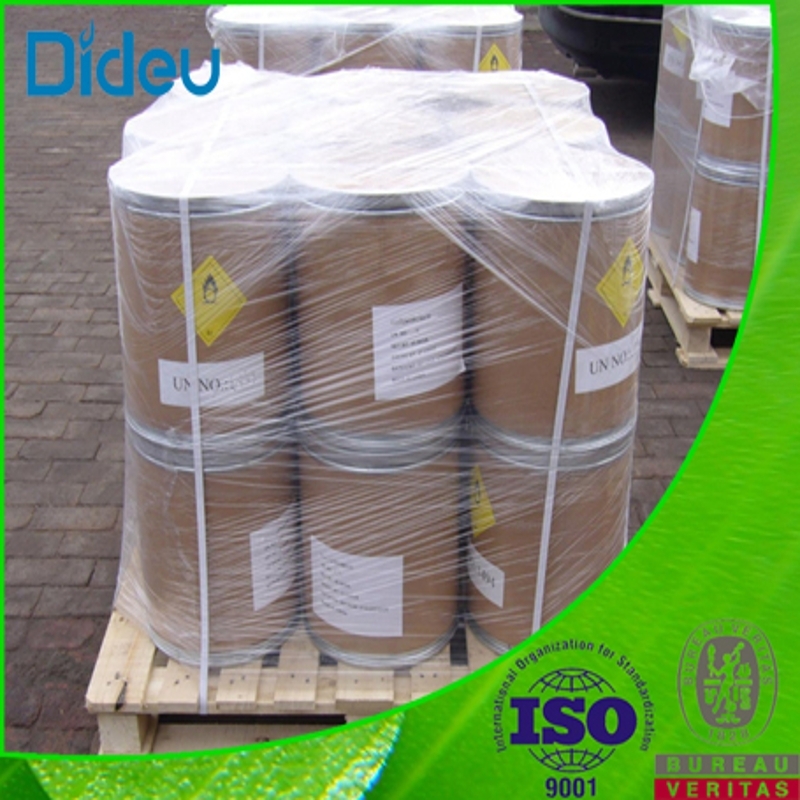-
Categories
-
Pharmaceutical Intermediates
-
Active Pharmaceutical Ingredients
-
Food Additives
- Industrial Coatings
- Agrochemicals
- Dyes and Pigments
- Surfactant
- Flavors and Fragrances
- Chemical Reagents
- Catalyst and Auxiliary
- Natural Products
- Inorganic Chemistry
-
Organic Chemistry
-
Biochemical Engineering
- Analytical Chemistry
-
Cosmetic Ingredient
- Water Treatment Chemical
-
Pharmaceutical Intermediates
Promotion
ECHEMI Mall
Wholesale
Weekly Price
Exhibition
News
-
Trade Service
Translator: Liao Zhanlin, The First Hospital of Nanping City, Fujian Province
Introduction: From September 19 to 23, 2022, the 2022 European Association for the Study of Diabetes Annual Conference, a major international conference in the field of endocrinology, was held
in Stockholm, Sweden in the form of "online + offline".
At the conference, scholars shared a study entitled "Comparison of fully automated closed-loop insulin delivery systems with standard insulin for adults
".
Explore the safety and efficacy of fully automated closed-loop insulin delivery systems compared to standard insulin
Despite advances in both oral and injectable drug therapy for type 2 diabetes, many adults with type 2 diabetes who require insulin therapy do not meet HbA1c targets and there is a clear need for new treatments
.
The study compared the safety and efficacy
of a fully automated closed-loop insulin delivery system that does not require meal injections with standard insulin for the treatment of type 2 diabetes in adults.
The study was an open-ended, single-center randomized crossover study and enrolled 26 adults with type 2 diabetes mellitus with a mean age of 59±11 years, a mean duration of illness of 18±8 years, a mean baseline HbA1c9.
0±1.
4%, and a mean BMI of 35.
3±8.
6 kg/m2, with a male-to-female ratio of 19:7
.
The study used a two-phase randomized crossover trial design in which participants were randomized to receive 8 weeks of unrestricted daily life fully automated closed-loop insulin delivery system therapy (CL) and blood
of CL and ctronl therapy.
The primary endpoint was - proportion of time that blood glucose was in the target range (3.
9 to 10.
0 mmol/L), with a 2 to 4 week interval between the two
phases.
CL uses Fiasp insulin and CamAPSHX devices
.
Validity Results:
➤CL treatment had a higher proportion of blood glucose attainment time than ctronl (66.
3±14.
9% vs 32.
3±24.
7%) (mean difference 35.
3%, 95% CI 28.
0-42.
6) (P<0.
001);
➤CL treated blood glucose higher than the target (>10.
0mmool/L) for a lower proportion of time (33.
2±14.
8% vs 67.
0±25.
2%) (mean difference 35.
2%, 95% CI-42.
8~-27.
5) (P<0.
001);
➤The proportion of time (median [quartile]) when blood glucose was lower than the target (<3.
9mmool/L) in the two groups was low and similar, 0.
43% (0.
20~0.
77) vs 0.
08% (0.
00~1.
05) (P=0.
751);
➤ The mean blood glucose decreased significantly compared with ctronl treatment (9.
2±1.
2 mmol/L vs 12.
6±3.
0 mmol/L) (mean difference 3.
6 mmol/L, 95% CI 2.
5-4.
6) (P<0.
001);
➤ HbA1c comparison between the two groups (CL7.
3± 0.
8%; ctronl 8.
7 ±1.
2%), adjusted for comparison showed a greater reduction in CL treatment (mean difference 1.
4%, 95% CI 1.
0-1.
8) (P< 0.
001).
<b10>
Table 1.
2 Comparison of primary and secondary outcomes
Security Results:
Neither group had severe
.
Conclusion of the study
Automated, closed-loop insulin delivery improves glycaemic control in adults with type 2 diabetes without increasing the risk of
hypoglycemia compared with standard insulin therapy.
This approach may be a safe and effective way
to achieve blood glucose targets in adults with type 2 diabetes.
Translator's introduction
Liao Zhanlin
Master of Medicine
At present, he presides over the Fujian Provincial Science and Natural Foundation
He specializes in the diagnosis and treatment
of diabetes, thyroid disease, and adrenal gland







